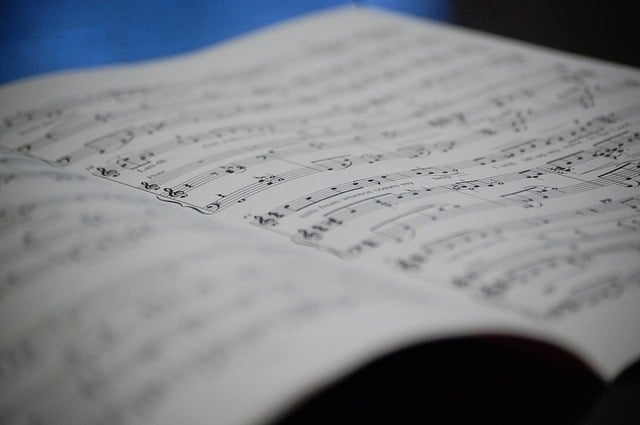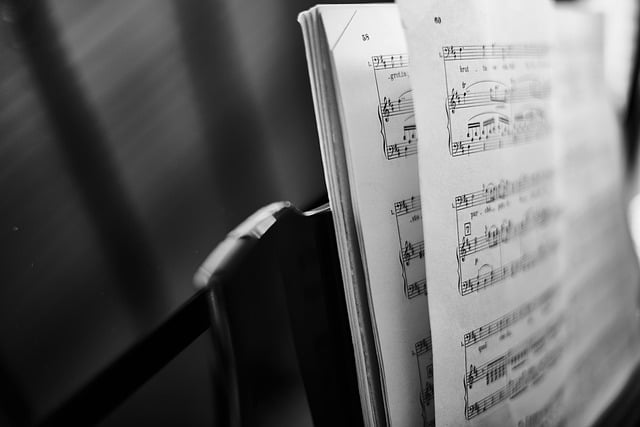
A musical sign is called dot.
Puntillo is a term with two main meanings, according to what is established in the dictionary of the Royal Spanish Academy (RAE) : it may be a musical sign that modifies a note or excessive self-love that is based on something that lacks relevance. .
On a musical level, the dot is indicated to the right of the note that is intended to be modified, increasing its value and duration by half. It should be noted that both notes and rests can have dots.
Dot writing
The way the dot is written is very important. It should always be placed to the right of the figure since, placed in another position , it can be confused with other signs and, consequently, generate a different effect in the execution; For example, if it is placed on the note it can be understood as the staccato indication, which expects a disconnection with the following note through the inclusion of a silence that is not written in the score.
In addition to this consideration, there are other rules to follow when placing the dot on a staff . For example, if the note we want to alter is in a space (that is, between two lines, either one of the main five or an additional one), the dot must also be written in that space. On the other hand, if the note is located on a line, in principle, we must draw the dot in the space above it (again, the same goes for additional lines).
However, this is not always the case. If the note that is on a line is one of several that form a chord (the others are distributed vertically, above or below), and the upper one is also on a line, the dot of the lower one must be drawn in the space that follows below.
In the case of rests (since, as mentioned above, these can also be altered by the presence of a dot), as long as they are in their usual position (vertically centered), the dot must be drawn in the third space starting to count from the base of the staff upwards.

A dot adds duration to a note.
Longer note duration
What the dot does, in short, is add duration to the note, adding half of its conventional value . For example: a half note has a duration of two pulses (two quarter notes); Therefore, a dotted half note will have a value of three beats (three quarter notes).
It should be noted that, beyond the traditional stitch, you can also use a double stitch or even a triple stitch. Just as the simple adds half the value to the note, each one adds half the value of the previous one. The double dot, therefore, has the following value: 1 + ½ + ¼ , which is equivalent to 1 ¾ .
To score a double dot or a triple dot, simply add the necessary number of points to the right of the note and the other points .
Dot and pentagram
It is important to note that its presence on a staff requires the relevant alignment with the rest, since not all instruments are required to present the same accidents or special signs.
For example, if we have a piece in 2/4 (two quarters, that is, a rhythm equivalent to two quarter notes per measure), written on two staves, and in the upper one a dotted quarter note and an eighth note are used, but in the other, two quarter notes, the second quarter note of the lower staff should be aligned with the dot, since that is where the second beat of the measure begins.
